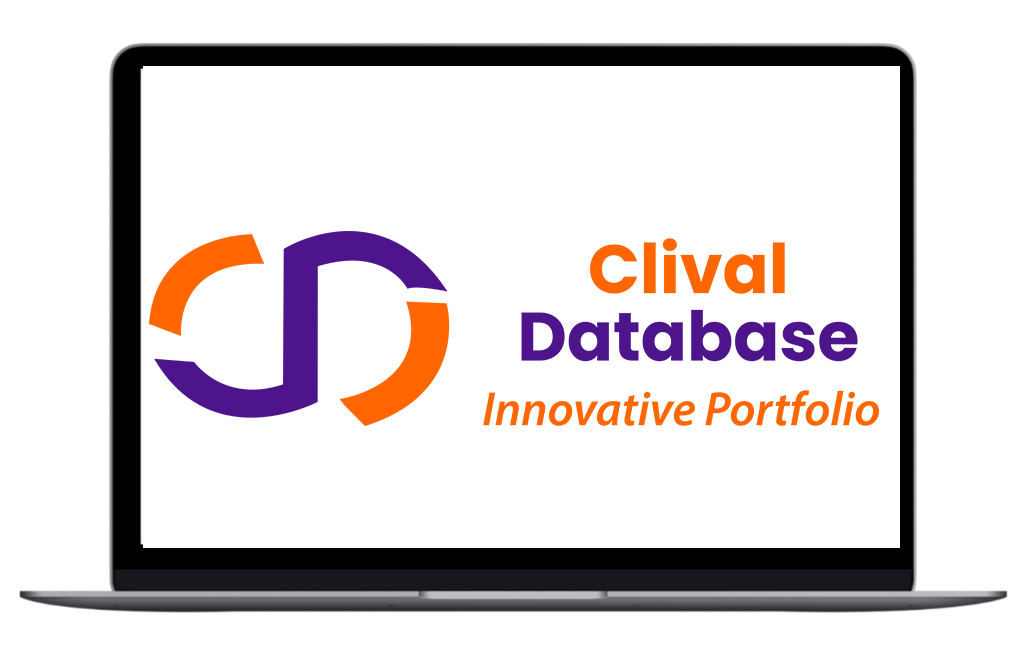Understanding New Drug Applications in Clinical Trials
The process of getting a new drug into the market is a long and strenuous process that involves a lot of work, researching, and experimentation as well as meeting the legal requisites. Fundamental to this voyage is the New Drug Application (NDA) which is often cited as a significant phase in the clinical trials as the finality that it is on an accumulation of years of work. In this blog, get to know what an NDA and some of the instances where they are very crucial in the development of drugs.
New Drug Application
The New Drug Application (NDA) is a formal written request to the competent authorities, such as the US-FDA from the pharmaceutical firm to be allowed its new product into the market. The NDA is a detailed report on the safety, effectiveness, and production of the drug, which should prove that the substance is suitable for the population.
Purpose of NDA:
- It also acts as a formal application for approval to the FDA to market and sell the drug in the U. S.
- It compiles data from animal tests and human-controlled trials that are done during the Investigational New Drug (IND) stage.
Key Decisions Made During NDA Review:
- Safety and Efficacy: The FDA determines whether the drug should be approved for the intended uses as a benefit-risk analysis.
- Labeling: This labeling is reviewed to check adequacy and verifiability of data that is to be included on the product.
- Manufacturing Quality: This element involves the examination of the methods that is used in the manufacturing of the drug and the quality assurance to ensure that the drug has not been altered in terms of its identity strength, quality and purity.
Components of an NDA
Clinical Data:
- Easy to understand synopses of clinical trials drug’s for efficacy and adverse effects.
Examples: Smaller Phase 1 (20-80 participants), Phase 2 (few dozens to 300 participants), and Phase 3 (several hundred to 3,000 participants) studies.
Animal Studies:
- Facts relating to the other research on animals for safety, pharmacokinetics, and toxicology.
- These studies give information about the possible side effects and the administration of the drug.
Manufacturing Information:
- Information as to drug manufacturing, compounding, and packing.
- Helps maintain quality and helps in the training of personnel.
Clinical Protocols:
- Retrospective and prospective study plans as to how clinical trials were conducted.
- Changes in factors such as the end points, patients, dosing schedules, and statistical assessments.
NDA Submission
Once clinical trials are completed, the data is compiled into the NDA, which includes:
- Clinical Study Data: In this context, the information may comprise of the outcomes of all phases in clinical trials.
- Chemistry, Manufacturing, and Controls (CMC): Details on the ingredients that the drug is made out of, who prepared it, and how the quality of the product was verified.
- Labeling: General idea for the labeling and package insert.
- Preclinical Data: In this section, the PI provides prospective analysis of all preclinical studies.
Example: Several aspects of the NDA submission focused on the clinical trials of Keytruda which demonstrate the drug’s ability to treat certain types of cancer.
FDA Review
This is forwarded to the FDA to determine whether the drug is safe to use for the intended function as described in the NDA. This review includes:
• Evaluation of Clinical Data: Considering the trial outcomes, safety, and effectiveness analysis.
• Inspection of Manufacturing Facilities: Making sure that the drug is manufactured in the right manner, this is if it meets the GMP standards.
• Labeling Review: Assuring ourselves that the labeling proposed here is correct and enlightening.
Post-Market Surveillance
It cannot be released commercially due to this preparation as more adverse effects may arise in the long-term use or other people who have not been subjects of the trials. This includes:
- Post-Marketing Studies: Further significant studies could be conducted to observe other possible outcomes of the issue.
- Adverse Event Reporting: Screening and monitoring of adverse effects through continuation of the collection and evaluation of adverse reports provided by the health care providers and patients.
Examples of NDA Approvals
Several high-profile drugs have successfully navigated the NDA process, illustrating its importance:
- Keytruda (pembrolizumab): It is administrated to treat many types of cancer through enhancing the activity of immune system. Its NDA approval was made after clinical trials that showed the product’s efficacy in increasing the survival of patients with some types of cancer.
- Gilead’s Remdesivir: Originally created for use as an antiviral drug for Ebola, it was issued with an NDA clearance for the management of COVID-19 due to its capacity to decrease the period of recovery among hospitalized individuals.
Conclusion
NDA is one of the important stages of drug development, as it is the last step before the new medicine can be sold to the patients. Therefore, it involves submission of clinical, preclinical, and manufacturing information; regulatory agencies scrutinize it. Thus, the NDA process helps to provide public benefits in the form of safe and effective drugs in the market and scientific progress in medicine.
Frequently Asked Questions

Optimize Your trial insights with Clival Database.
Are you exhausted from the uncertainty of trial insights pricing? Clival Database ensures the clarity in the midst of the global scenario for clinical trials to you.Clival Database is one of the best databases that offers an outstanding number of clinical trial data in terms of 50,000+ molecules and from primary regulatory markets as well as new entrants like Indian and Chinese markets.
Elevate your trial success rate with the cutting-edge insights from Clival database.
Check it out today and make more informed sourcing decisions! Learn More!







